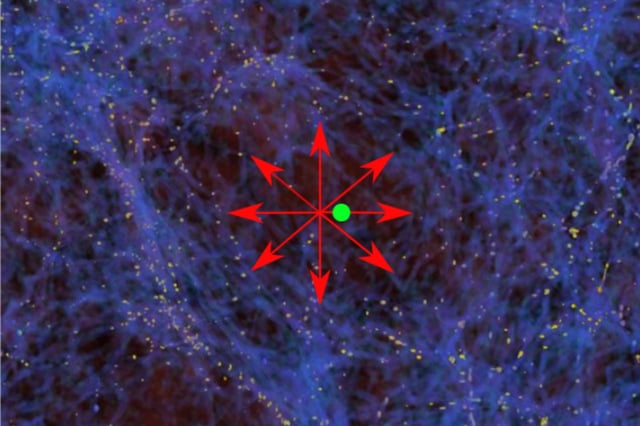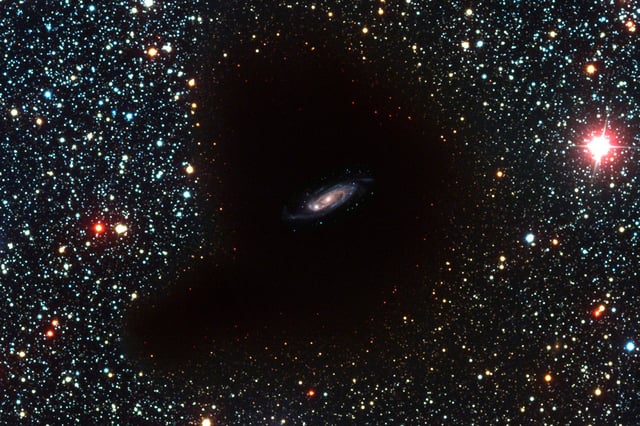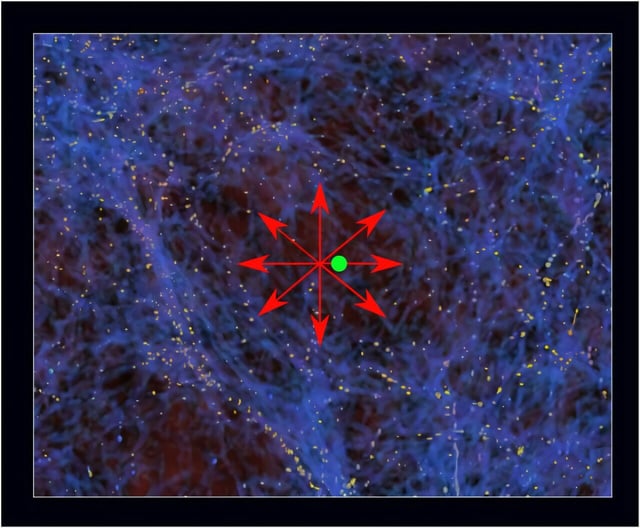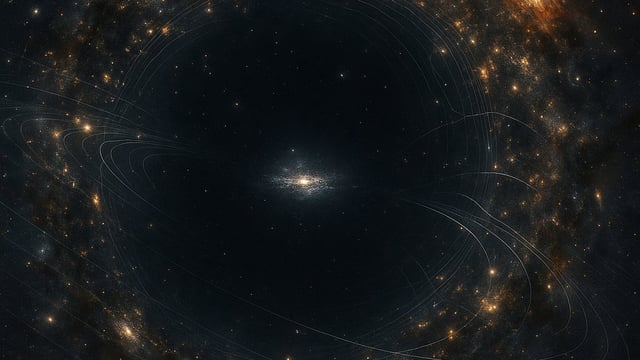Overview
- Analysis of 20 years of baryon acoustic oscillation data presented at NAM 2025 finds a local void model is roughly 100 million times more likely than a homogeneous ΛCDM fit.
- Galaxy surveys indicate a matter density about 20% below the cosmic average within a roughly 1–2 billion–light-year region surrounding the Milky Way.
- In the void scenario, gravitational flows toward denser exterior regions produce locally accelerated expansion that could account for the higher Hubble constant measured nearby.
- If validated, the local void would shift the interpretation of the Hubble tension from a failure of early-universe physics to a feature of our immediate cosmic environment.
- Researchers now plan to test the void model against independent chronometric methods and redshift probes to confirm or refute its role in the cosmic expansion history.



